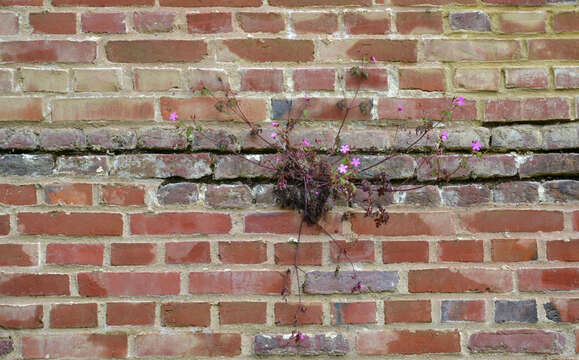Citadelle de Lille 2013 plantes muricoles 05

Kuvaus:
Description: Français : Sans être vraiment spéciquement "muricoles" , de nombreux lichens, mousses, plantes arbres peuvent pousser sur les murs. Dans les régions non-montagneuses (ici Nord-Pas-de-Calais, quelques plantes rares (pour ces régions) ne poussent que sur ces murs ( espèces muricoles ou saxicoles, c'est à dire poussant habituellement sur des rochers) Photo prise en 2013, un an après rénovation du rempart. Un écologue est passé avant le chantier pour localiser les espèces rares et une partie des anfractuosités ont été conservées (entre les pierres de grès notamment). Des nichoirs à chauve-souris ont été intégrés derrière les briques lors de la rénovation. Des trous pleins de terre pourront aussi abriter des abeilles solitaires ou d'autres insectes. Au pied du mur, l'ancien fossé a été réouvert et remis en eau.English: Most of those plant species are not specically "muricoles". But many lichens, mosses, trees plants were installed on the walls of the Citadel of Lille Vauban. In non-mountainous areas (as here in Nord-Pas-de-Calais, few plants (in these regions) grow only on these walls.They are. muricoles species (or saxicolous, ie usually growing on rocks) Photo taken in 2013, one year after the renovation of the rampart. An ecologist visited the site (before the project) to locating rare species. and some of the crevices and plants (or their roots) were deliberately kept (between sandstone particular). Nesting boxes for bats were built behind the bricks during the renovation. between bricks, some holes filled with soil may also harbor solitary bees or other insects. At the foot of the wall, the old moat was reopened and was spontaneously filled with water. Date: 31 May 2013, 19:01:01. Source: Own work. Author: Lamiot.
Mukana seuraavilla sivuilla:
- Life
- Cellular
- Eukaryota (aitotumaiset)
- Archaeplastida
- Chloroplastida
- Streptophyta
- Embryophytes
- Tracheophyta
- Spermatophytes (siemenkasvit)
- Angiosperms (kaksisirkkaiset)
- Eudicots
- Superrosids
- Rosids
- Geraniales
- Geraniaceae (Kurjenpolvikasvit)
- Geranium (Kurjenpolvet)
- Geranium robertianum (haisukurjenpolvi)
Tämä kuva ei ole esillä missään kokoelmassa.
Lähdetiedot
- lisenssi
- cc-by-sa-3.0
- tekijänoikeus
- Lamiot
- luoja
- Lamiot
- alkuperäinen
- alkuperäinen mediatiedosto
- käy lähteessä
- kumppanisivusto
- Wikimedia Commons
- ID


